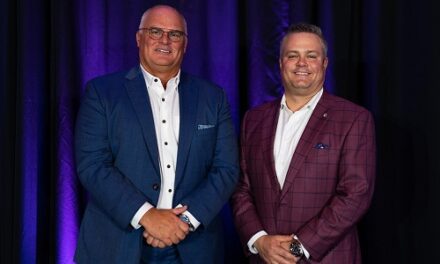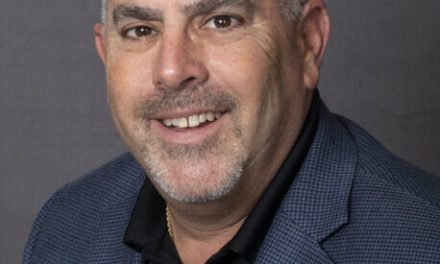.jpg) From patient rooms to boardrooms, she has watched hospice evolve for 36 years
From patient rooms to boardrooms, she has watched hospice evolve for 36 years
In 1983 Peggy Pettit was a young, newly minted RN with a passion for end-of-life care born of her own experience caring for her dying mother. She heard about a small hospice in South Florida and made up her mind to get a job there.
She did. Today Pettit is executive vice president of VITAS® Healthcare, now the nation’s leading hospice provider with Pettit as one of its longest-serving employees.
Pettit has seen numerous changes since she began, which was coincidently the same year Medicare adopted the hospice benefit. Throughout her 35 years of responsibility–from RN to patient care administrator, general manager, COO and executive VP–Pettit also has personally advocated for many of those changes.
When she saw the difficulties with hospice acceptance among some cultures and faith-based communities, for example, she persuaded VITAS to develop materials in foreign languages and hire employees to reach underserved populations—Hispanic to African American, military veteran to LGBTQ.
Part of the evolution
Pettit was part of a 1980s VITAS team that pioneered end-of-life care for patients with AIDS; in the 1990s she was among the clinical leaders advocating for the company’s earliest electronic medical records. In 1993 she played a role in drawing up the four VITAS values that guide every employee every day. “Patients and families come first,” the company’s first value, aligns with Pettit’s personal mantra.
Hospice began as a specialty to care for patients dying of cancer and to support their families. Yet illness and healthcare have changed over four decades: From AIDS to Alzheimer’s, the diseases, patients and families have changed as well. Cancer still claims almost 30 percent of hospice patients, but lung disease, cardiac issues, dementia, kidney disease, liver disease and sepsis require trained hospice teams knowledgeable about symptoms and complications.
The core hospice team–physician, RN, social worker, chaplain, hospice aide and volunteer– has expanded at VITAS to include specialists in nutrition, music therapy, massage, respiratory therapy, palliative care and other integrated services.
Setting the standards
Home is where most hospice care takes place, but the Medicare hospice benefit mandates continuous care when medically necessary, the capacity for inpatient care, and respite care for patients so family caregivers can enjoy a temporary reprieve. Not only was Pettit instrumental in developing VITAS standards for many of these innovations, she also watched the hospice industry adopt them as well.
Today Pettit serves as a hospice ambassador, traveling the country to meet other industry leaders and potential leaders, talking about hospice in particular, patient care in general and ongoing changes in healthcare delivery.
No barriers
Thirty years ago, while brainstorming technology ideas to improve communications, Pettit faced skepticism from colleagues who thought hand-held devices to record and share pertinent patient data would interfere with patient-provider dynamics.
Today, iPhones and Android devices, a VITAS referral app for clinicians, virtual reality therapy for anxiety/pain relief and innovative mobile technologies are standard efficiency tools for VITAS professionals. Pettit is the first to admit that world-class technologies enhance time spent at the bedside rather than getting between the patient and clinician.
Meanwhile, legislative and industry efforts are transforming and modernizing hospice care. Alternative payment models now reward healthcare providers for providing high-quality, cost-effective care and for having the necessary goals-of-care conversations that uncover patient preferences and shape their care.
Recruiting and retaining top-notch healthcare workers is another industry challenge, especially as the aging Baby Boomer patient population grows and as chronic, advanced illnesses require complex solutions. In Congress and within healthcare institutions, advocates are promoting broader, earlier and results-focused hospice and palliative care to address patient needs and support quality of life.
2020 vision
Pettit is among those suggesting that the time has come to revisit the 1983 hospice benefit, which limits hospice to patients with a prognosis of six months or less and fails to consider the realities of long-term chronic diseases and the nation’s healthcare needs and vision for 2020 and beyond.
Aware of how patients and end-of-life challenges have changed, she knows that hospice and the Medicare hospice benefit must evolve with the times to remain true to the mission of embracing quality of life at the end of life.
Her signature question (“Can we do more, help more?”) and mission statement (“Always make the ethical decision, and business will follow”) continue to serve her and VITAS well.



























